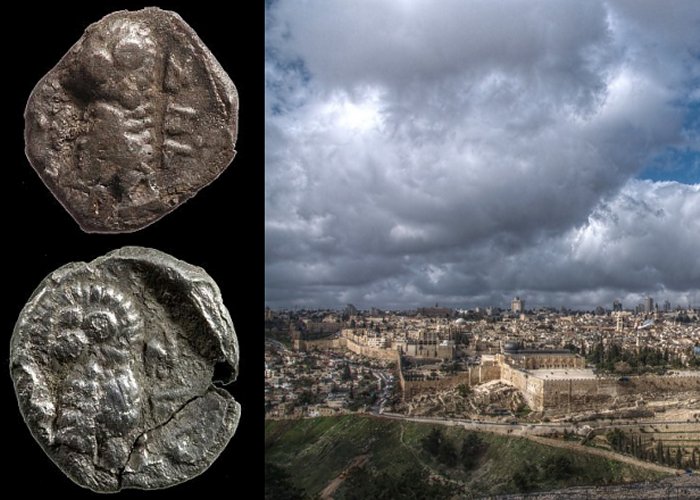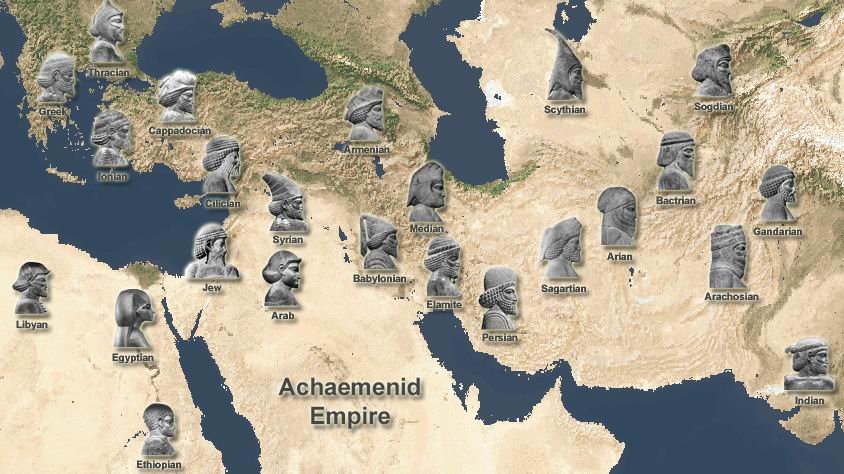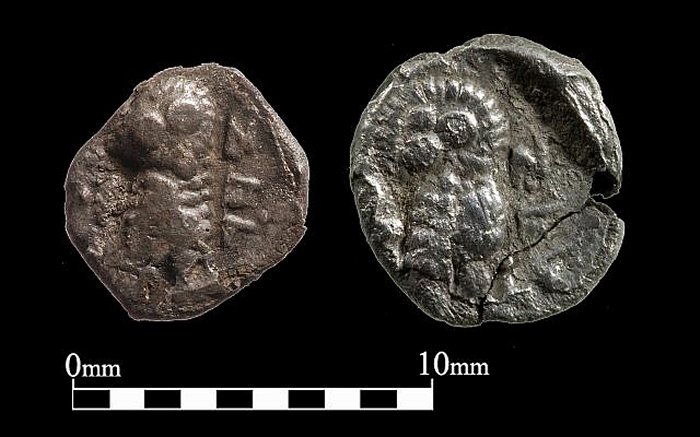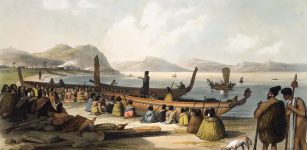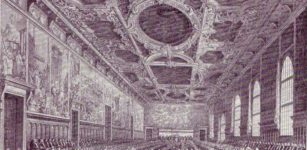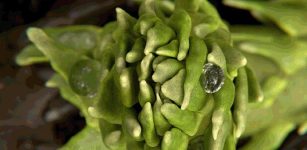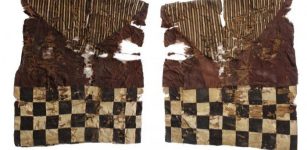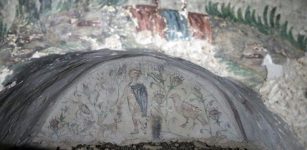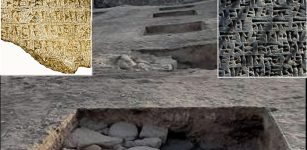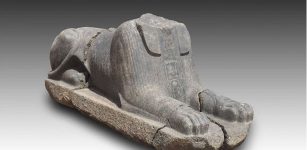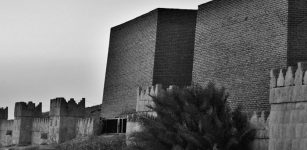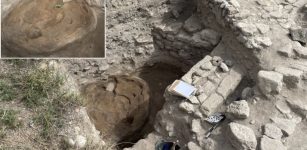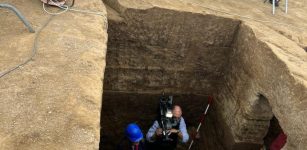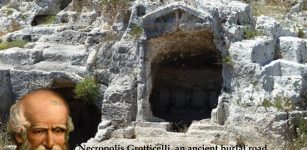Extremely Rare And Tiny Biblical Coins Discovered Near The Temple Mount
AncientPages.com - Archaeologists excavating near the Temple Mount, Jerusalem, have discovered three extremely rare and tiny Biblical coins.
The silver coins dating from the 4th century B.C. are only 7 millimeters wide and could easily have been missed by scientists working at the site.
Nevertheless, despite their small size, these ancient coins are a big find.
The artifacts provide some of the earliest evidence of Jewish coin minting in Israel. According to the Times of Israel, “their design is based on the Athenian Obol and utilize its barn owl motif, representing the goddess Athena. However, instead of the Greek letters ΑΘΕ for Athens, they bear an inscription in ancient Hebrew — “yhd” or Judah.”
Behind this latest discovery is the Temple Mount Sifting Project and archaeologists have so far uncovered over 6,000 ancient coins in the region.
“The Yehud coins were minted during a rare period in which Jews semiautonomously ruled under the Persian Achaemenid Empire, from circa 539-332 BCE, in a province called Yehud Medinata. With a capital in Jerusalem, Yehud Medinata existed for some 200 years until the conquest of Alexander the Great.”
As previously mentioned on Ancient Pages, the Achaemenid Empire was the world’s largest ancient empire.
Founded by Cyrus the Great, one of the most outstanding figures in human history, the Achaemenid Empire included parts of Central Asia, the Mediterranean, North Africa, and even European territories such as ancient Thrace and Macedonia. In 480 B.C, the empire accounted for approximately 49.4 million of the world’s 112.4 million people.
At that time, the number was equal to 44% of the world’s entire population!
“This period is recorded in several books of the Hebrew Bible. The Book of Nehemiah describes the trials and tribulations of Nehemiah, once an important cup-bearer to king Artaxerxes I of Persia, who requested to be governor of Yehud/Judah to rebuild the walls of Jerusalem following the Babylonian conquest.
Additionally, the books of Ezra and Nehemiah and the second book of Chronicles testify to the building of the Second Temple upon a decree from Cyrus the Great, who ruled from 559 BCE. In the Book of Ezra, it is recorded that Darius the Great completed the construction, circa 516 B.C.”, the Times Of Israel explains.
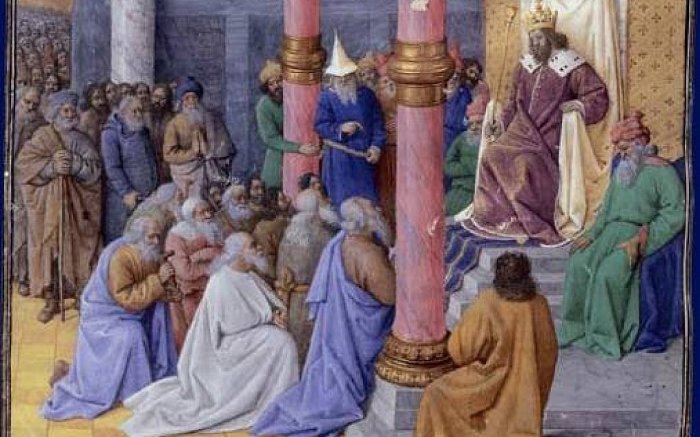
15th century painting by Jean Fouquet of Persian King Cyrus II the Great releasing the Jews from the Babylonian Exile. (photo credit: CC-PD-Mark, by Yann, Wikimedia Commons
The three Biblical coins have visible markings, but two others have become too worn to read. The marked coins point to a Jewish culture heavily influenced by outside forces.
Drawing from the Athenian Oboi, the most popular coin of the time, these Jewish coins feature the same barn owl design, but change the Greek abbreviation of Athens to a Hebrew abbreviation of the province.
These Jewish-minted coins from Yehud, a province of semiautonomous Jewish rule under the Persian Empire, were discovered by the Temple Mount Sifting Project. (courtesy Temple Mount Sifting Project)
“The only Jewish symbol on these coins is the lily, characteristic of Jewish art in Jerusalem and a frequent design used in the Temple,” writes Meshorer in a 1978 Biblical Archaeology Review article, “The Holy Land in Coins.”
According to a Sifting Project press release publicizing the coin finds, “The relatively high number of such coins found by the Sifting Project is a result of the wet-sifting methodology perfected by the project, and the fact that the Temple Mount functioned as an administrative and commercial center during the early days of the Second Temple in addition to being the site of the Temple itself.”
Temple Mount Sifting Project still has a large area to excavate and archaeologists hope they can find more Jerusalem-based Yehud coins in the remaining 30% of Earth.
AncientPages.com

